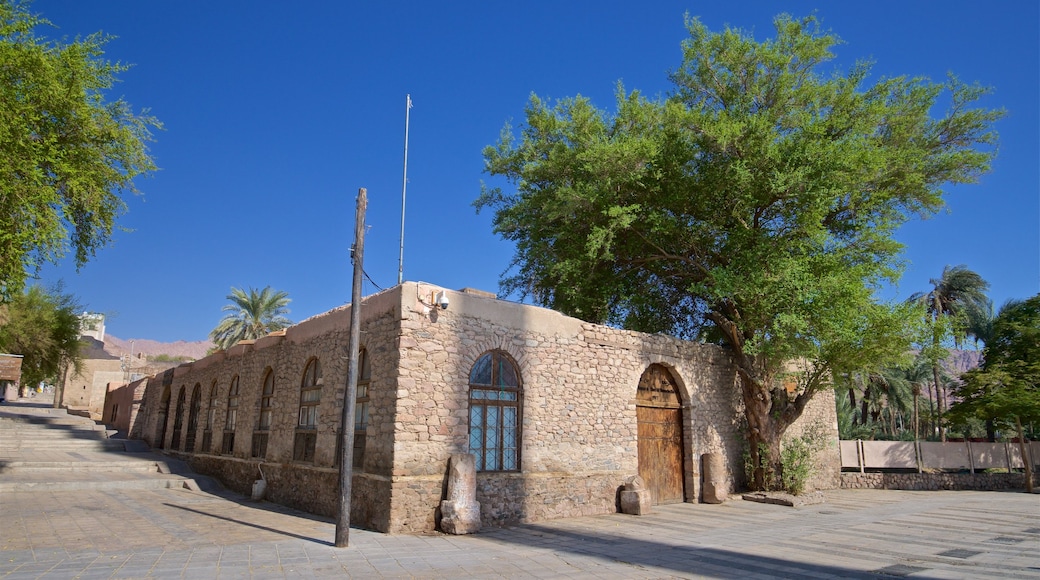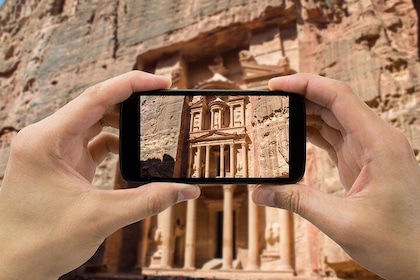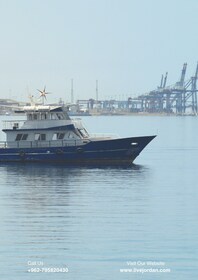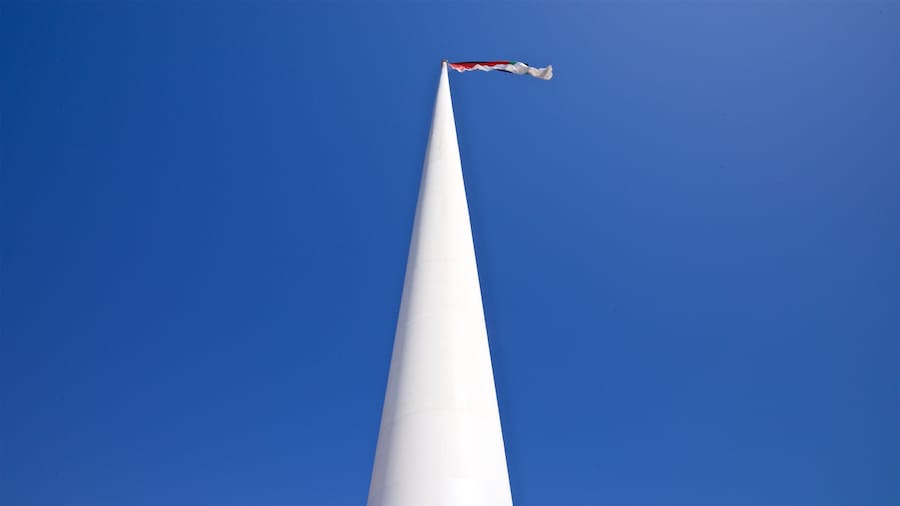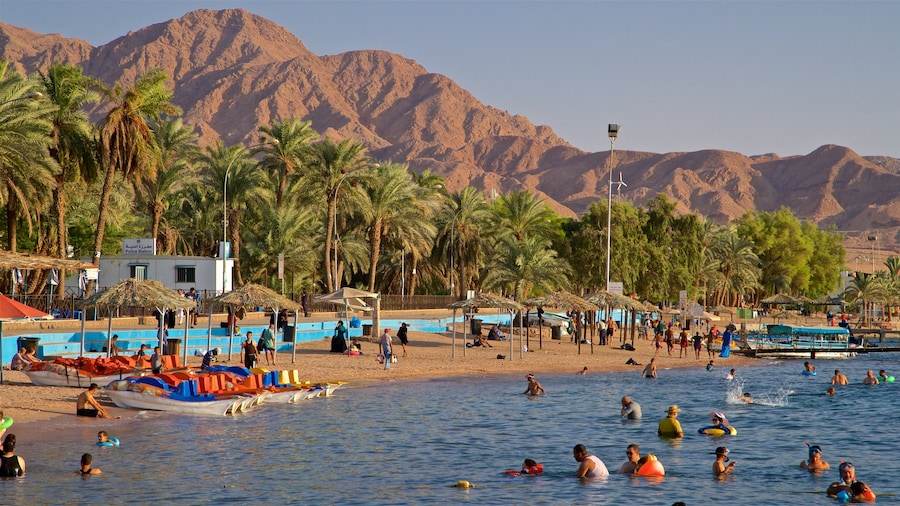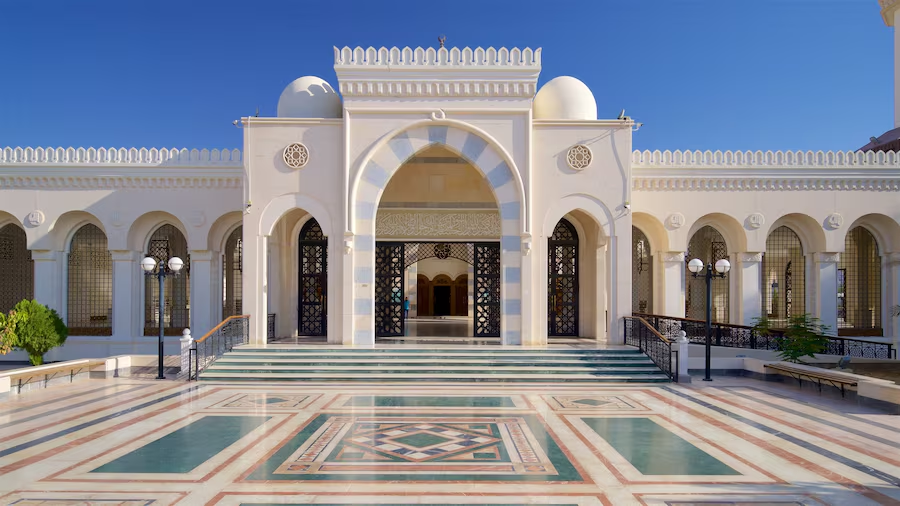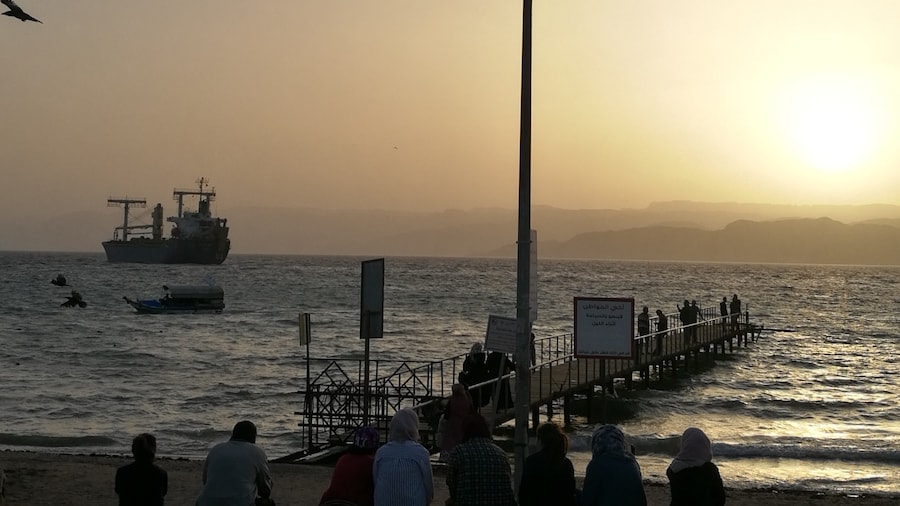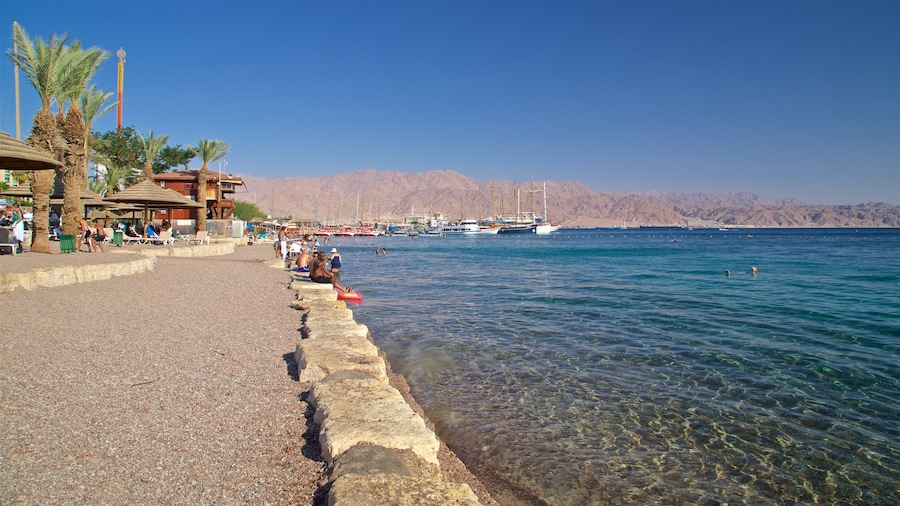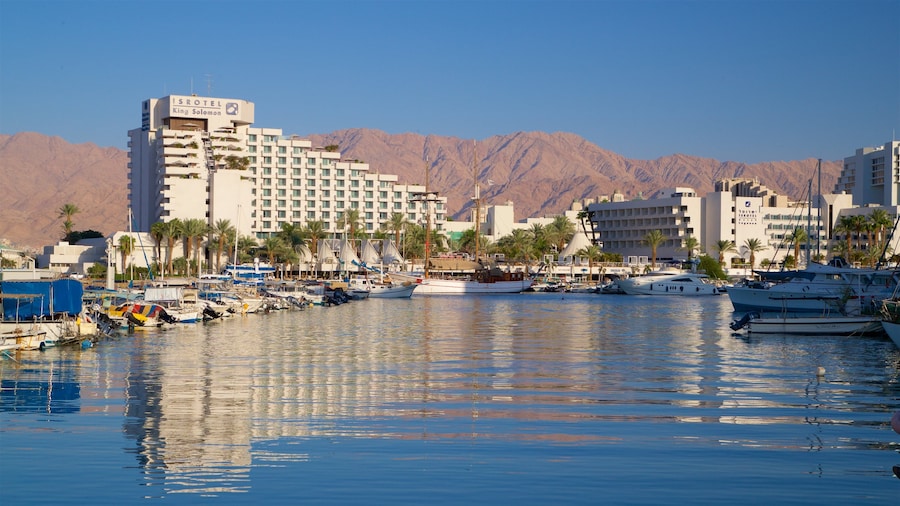Trace the history of this small but mighty fort, once a hotel for travelers on the road to Mecca and the site of a major victory for Lawrence of Arabia.
Aqaba Fort was once the site of a major military victory by Lawrence of Arabia, who ousted the Turks in a brave charge on camelback in 1917. Visit the fort nowadays to discover the fascinating history of the Great Arab Revolt.
The fort was originally built in the 14th century by one of the last Mamluk sultans, Qansah al-Ghouri. In the 16th century, the fort was used as a traveler’s hotel for pilgrims making the trek to Mecca. The Ottomans occupied the fort until World War II. In 1917, the fortress was under heavy fire from the British Royal Navy. During the Arab Revolt, the Hashemites took back the fort from the Turks. See the Hashemite coat of arms located above the main entrance that honors this victory.
While the fort is in ruins now, enough remains to paint a picture of dramatic battles and epic victories. Made of sandstone, the building is characterized by its dramatic arched entryway and the large cylindrical towers. Step inside and you’ll find a large courtyard with a few steps and the remnants of columns and stone walls. As there are no placards and no audio guide, it is a good idea to arrange a tour with an expert guide to enhance the experience. A guide can describe what each room was used for and give more color to the ruins so you can easily imagine the fort in its prime.
Set alongside the Aqaba Archaeological Museum, the fort is an essential stop while exploring Al-Hafayer Park. After the tour, walk towards the sea to visit the massive Arab Revolt Flagpole. Possibly Aqaba’s most famous landmark, the towering 550-foot (137-meter) pole commemorates the significant victory that took place in Aqaba. Note that the banner of the Great Arab Revolt flies here rather than the Jordanian flag.
Aqaba Fort is usually open daily and free to enter. Keep in mind, however, that it may be shut for renovations, as is sometimes the case. Check ahead before you visit.


